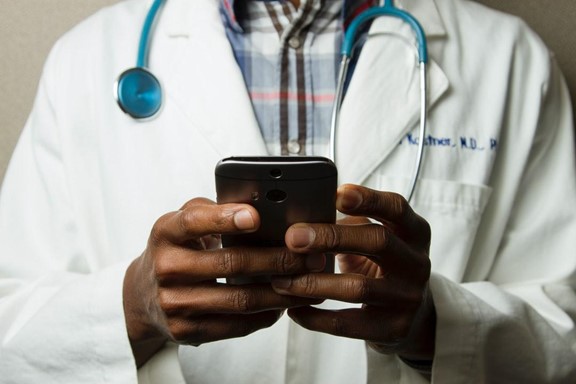How Electronic Health Records Software Is Changing

Electronic Health Records (EHR) are the result of digital technology, so it should come as no surprise that they, like all technology-based advances, are constantly changing. All this change can seem a bit overwhelming. This article will explain what electronic health record solutions are, highlight a few of the recent upgrades to many EHR systems and demonstrate how these upgrades will be helpful to the medical practices that choose to take advantage of them.
While not every EHR provider will offer these upgraded features, the better ones should offer them and more.
What Is EHR Software?
EHR software is a platform designed to make it easy for medical professionals and their staff to keep, access, and share their patients’ medical records. More than just a replacement for the old, paper-based way of recording keeping, an effective EHR platform allows medical records, including test results, prescribed medications, and other relevant data to be instantly transferred and accessible by any of the healthcare professionals involved in an individual patient’s care as well as by the patient themself.
EHR has caused a huge leap in the quality of patient care. With EHR in place, all of the medical professionals involved in a patient’s care can work as a team, regardless of whether they are in another building, county, or state. Its use has improved the efficiency of healthcare across the board and greatly reduced the chances of medical error resulting from delayed or faulty information.
While that is quite a lot, the most advanced EHR software offers even more features that save time, increase accuracy, and enhance the wellbeing of the medical professionals, their staff, and their patients as well.
New EHR System Features
The technology that fuels the digital age is constantly evolving. Effective electronic health records software makes use of this ever-changing technology to offer new and better features. The following features are certainly not universal; not all EHR system providers will offer them. It is also not a complete list. Not only do many providers already have more to offer, but things change so quickly that by the time a medical professional gets the chance to read this, newer upgrades may already be available.
Still, the listed features should provide a glimpse of the direction in which EHR software is headed and what features a medical practice should be looking for when searching for effective EHR solutions.
Mobile Apps
The introduction of mobile apps into EHR systems was a huge leap forward. Once downloaded, these apps make it possible for nurses, doctors and other health practitioners to enter, or access, a patient’s data from anywhere through a tablet or smartphone.
This upgrade allows a provider to easily enter patient data while still in the patient’s presence. This significantly reduced the chance of error. It also means that a doctor on the golf course can access test results and prescribe medication without missing a stroke.
Mobile apps also allow patients to take a more active role in their own care by providing them with access to their own records and results.
Electronic Prescription Tools
The prescription monitoring program (PMP) is a database of all prescriptions for controlled substances that have been filled. This is a valuable tool for doctors. It facilitates access to their patient’s drug history for all prescribing doctors, and thus allows them to avoid writing prescriptions for medications of potential abuse.
When access to the PMP is integrated into the EHR platform, a doctor can be alerted, without any extra effort on their part, to the possibility that a patient is abusing prescribed medications.
Automated, Integrated Billing
Billing is a vital part of any medical practice, and until recently it required a staff member to reenter the patient’s information into the billing software. With an up-to-date EHR platform, bills can be accurately generated and sent out without the need for any further input.
The integrated billing system requires the use of codes to denote the types of visits and procedures done. Once these codes have been entered into the system, usually while the doctor is still in the exam room with the patient, the system will automatically generate accurate bills for both the insurance companies and the patients.
Automated Appointment Reminders
Some patients just can’t seem to keep on top of their daily appointments and as such may miss their doctor’s appointments, especially those that have been made some time in advance. To combat that, many medical offices started calling patients or sending them emails to remind them about upcoming appointments. This, however, was just one more hassle added to the already heavy workload carried by the practice’s staff.
Integrating automated appointment reminders into the EMR system makes everything so much simpler. Once an appointment is entered into the system, either by the office or the patient, it will be registered for automatic reminders without any further effort.
Where To Find Electronic Health Records Software with All of This and More
TRIARQ Health’s QEMR platform offers all of the above-listed features and many more. TRIARQ Health is a management services organization focused on the support of the independent medical practice. We are committed to staying ahead of the curve when it comes to innovative EHR solutions and have the experience and resources to continuously achieve that goal.
If your EHR provider is not staying ahead of the newest upgrades and technology advances then they are falling behind and they may drag your medical practice along with them. Contact us at TRIARQ today to find out how we can keep your medical practice running efficiently and effectively today and in the future.
